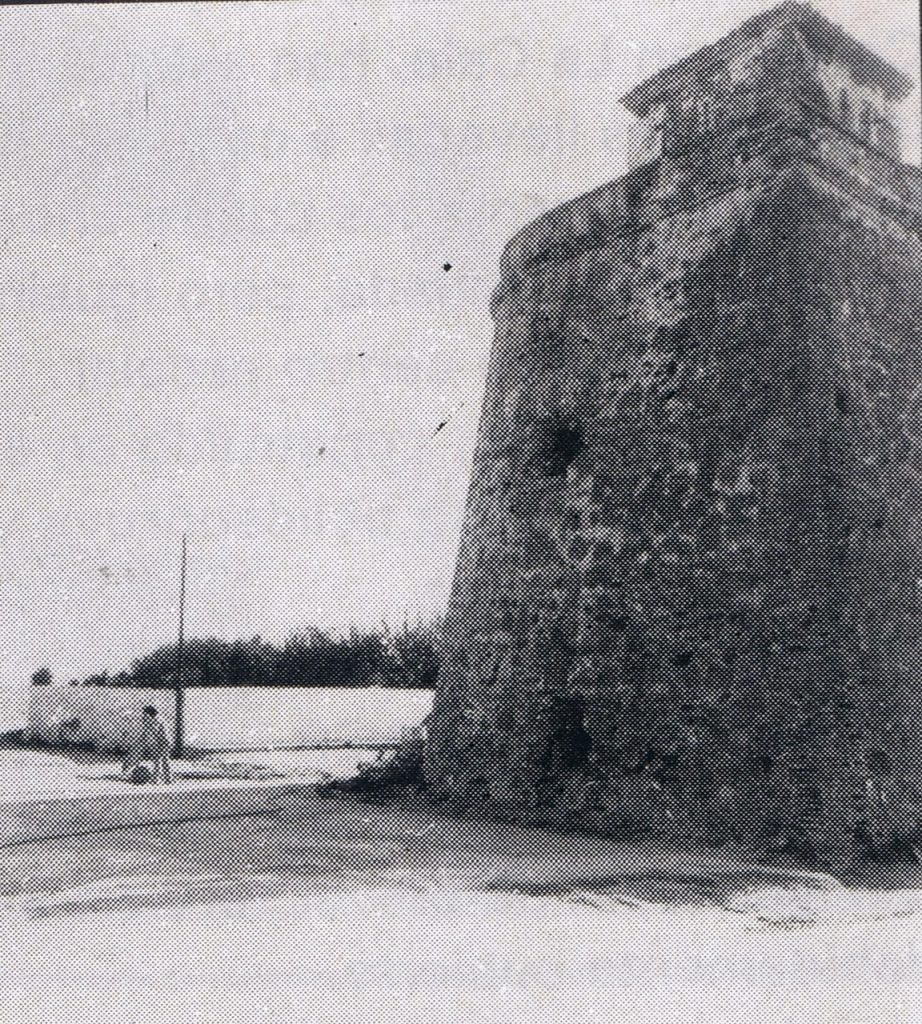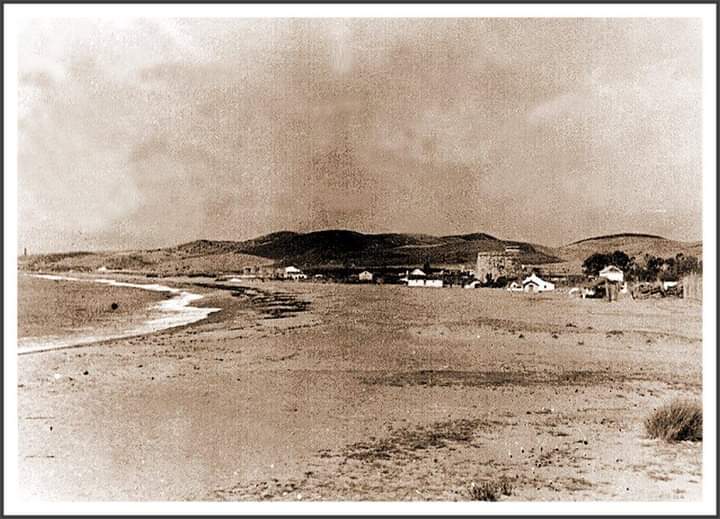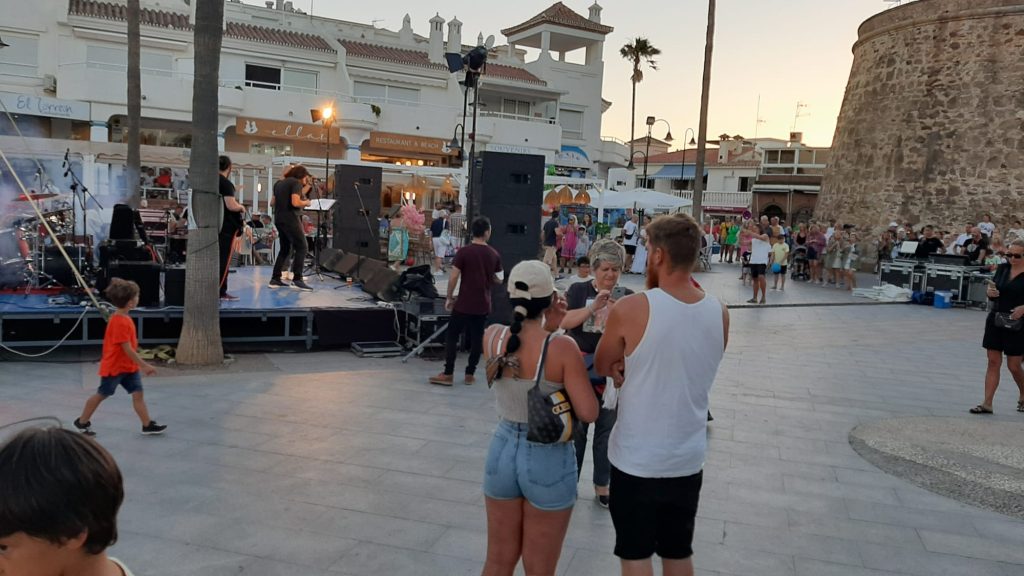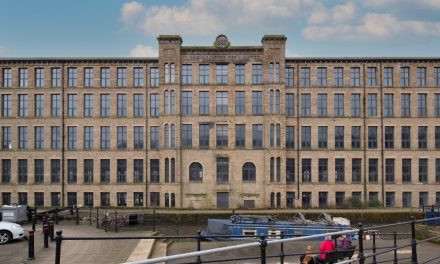Former Huddersfield gymnast and pub landlord Brian Hayhurst and his wife Elaine are ex-pats who have lived just outside Fuengirola on the Costa del Sol for 20 years. He writes every fortnight for Huddersfield Hub.
Our first glimpse of the beautiful former fishing village of La Cala de Mijas was from the back of a taxi in 1985 as we sped down the notorious N340, which then had no central barriers and was once named the most dangerous road in Europe.
We were heading for Club del Sol to see Elaine’s son Simon, who was an entertainer there.
This was long before the A7 dual carriageway, and the N340 went straight through this sleepy town passing a rundown 24-hour clinic ruin and a derelict building which is now a modern chemist.
How things have changed so dramatically over those past 35 years or so, making it a thriving much sought after resort.
Growing constantly in popularity, La Cala – once termed ‘the jewel in the crown’ – is situated between Benalmadena and Marbella on the Costa del Sol, and the demand to live, work and enjoy holidays here is indeed spectacular. It has a rich, varied and sometimes turbulent history, too much to include here.
La Cala – previously called La Cala de Moral (Bay of Mulberries), was inhabited in pre-historic times, and recent finds on sites have revealed ceramics and artefacts from the Bronze and Iron Ages.
Documents show there was slavery by Christian troops in 1487! This little village, once ruled by Phoenicians, Romans, Arabs and Muslims, is now a firm tourist favourite on the Costa with 4,000 registered residents, is overseen by a Spanish Council, and is one of the wealthiest.



In the early years the La Cala coastline was frequently attacked by Berberiscos – North African pirates.
The Spanish monarchy, based in Granada, authorised the building of a series of towers along the coastline, one of which is a well-preserved central attraction in the La Cala plaza, close to the beach and with an interesting history, now with a museum within.
Built in 1773 it was used to house a dozen soldiers over two floors, two large cannons and had beacons on its roof to warn other garrisons of impending enemy attacks. Although there is no evidence of cannon windows facing the Med.
In 1841 Mijas officially separated from Fuengirola becoming an independent district, 30 years before the first road opened.
The first official La Cala census in 1866 showed 10 inhabitants who were mainly fishermen or grape and berry farmers.
But in the 19th century, during the war of independence, the agricultural activities were brought to a standstill when a deadly phylloxera plague wiped out all growth, leaving workers and families on the brink of starvation.
In the early 60s the unexpected but welcomed tourist boom began in earnest, as celebrities began to descend on the miles of beautiful beaches.

Many owners of rural properties and acres of land sold to developers and farmers began working in the flourishing construction sector in readiness for the immense growth of the tourist boom.
Prior to this radical cultural change, the village had 30 white-washed cottages, one grocer’s, a small chapel, a school and an open-air summer cinema.
This bustling town now offers many cultural, sporting and leisure activities, a wide range of bars and restaurants, ready for literally millions of tourists all year round along with the growing number of potential home finders to enjoy.
As holiday makers sit on pristine beaches sipping an ice cold beer, along the boardwalk linking other towns, would they have ever thought that those beaches were regularly invaded by pirates?
We hope the infrastructure will cope with the extensive developments on the outskirts.
READ MORE: Catch up on Brian’s previous blogs right HERE
Before I finish, I must mention and thank the hundreds of firefighters who relentlessly tackled the horrendous wild fires here in recent days.
And finally my thanks to The Mijas Foreigners Department for their help with information in compiling this article.
















